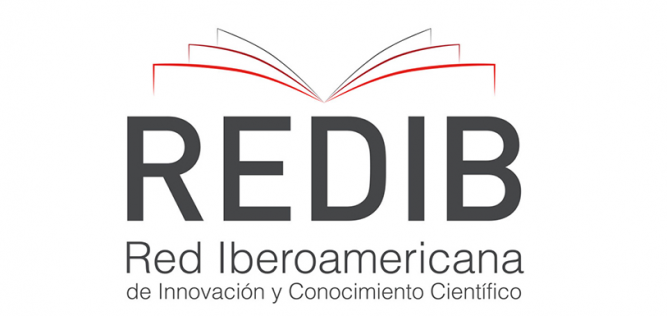The good reader: predictors of portuguese students’ reading literacy in the Pirls 2016
O Bom Leitor: Preditores da Literacia de Leitura dos Alunos Portugueses no PIRLS 2016
DOI:
https://doi.org/10.21814/rpe.13768Abstract
In 2016, 4642 Portuguese students, randomly selected from all Portuguese regions, attending fourth grade in public and private schools, participated in the PIRLS 2016. In this edition, Portuguese students achieved an average performance of 528 points (SE = 2.3), 13 points significantly below the average observed in PIRLS 2011. In this paper, using hierarchical linear regression models applied to the students' plausible values of literacy, variables at the students’ and the families’ level and at the teachers’ and the schools’ levels are identified that can better explain the variability observed in the PIRLS 2016 reading literacy. About 26% and 32% of this variability can, respectively, be explained by a reduced set of variables characterizing the student and their family, and teachers and schools. At the student and family level, student confidence as readers and the educational resources available at home are the best predictors of students’ performance variation. At the school and teacher level, the school's emphasis on academic success and teachers 'perceptions of students' willingness to succeed academically are the best predictors of the observed variation of the Portuguese students’ performance in PIRLS 2016.
Keywords: PIRLS; Reading literacy; Predictors of achievement; Hierarchical linear regression
Downloads
Downloads
Published
How to Cite
Issue
Section
License
1. The authors preserve their authorship and grant the Portuguese Journal of Education the right to the first publication. The work is licensed under Creative Commons Attribution License that allows sharing the work with the acknowledgment of initial authorship and publication in this Journal.
2. The authors have the right to take additional contracts separately, for non-exclusive distribution of the published version of their work (e.g. to deposit in an institutional repository or as a book chapter), acknowledging the initial authorship and publication in this Journal.
3. The authors have the permission and are stimulated to post their work online (e.g. in an institutional repository or on their personal website). They can do this at any phase of the editorial process, as it may generate productive changes, as well as increase impact and article citation (see The Open Citation Project).
The work is licensed under Attribution-ShareAlike 4.0 International (CC BY-SA 4.0)



















